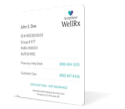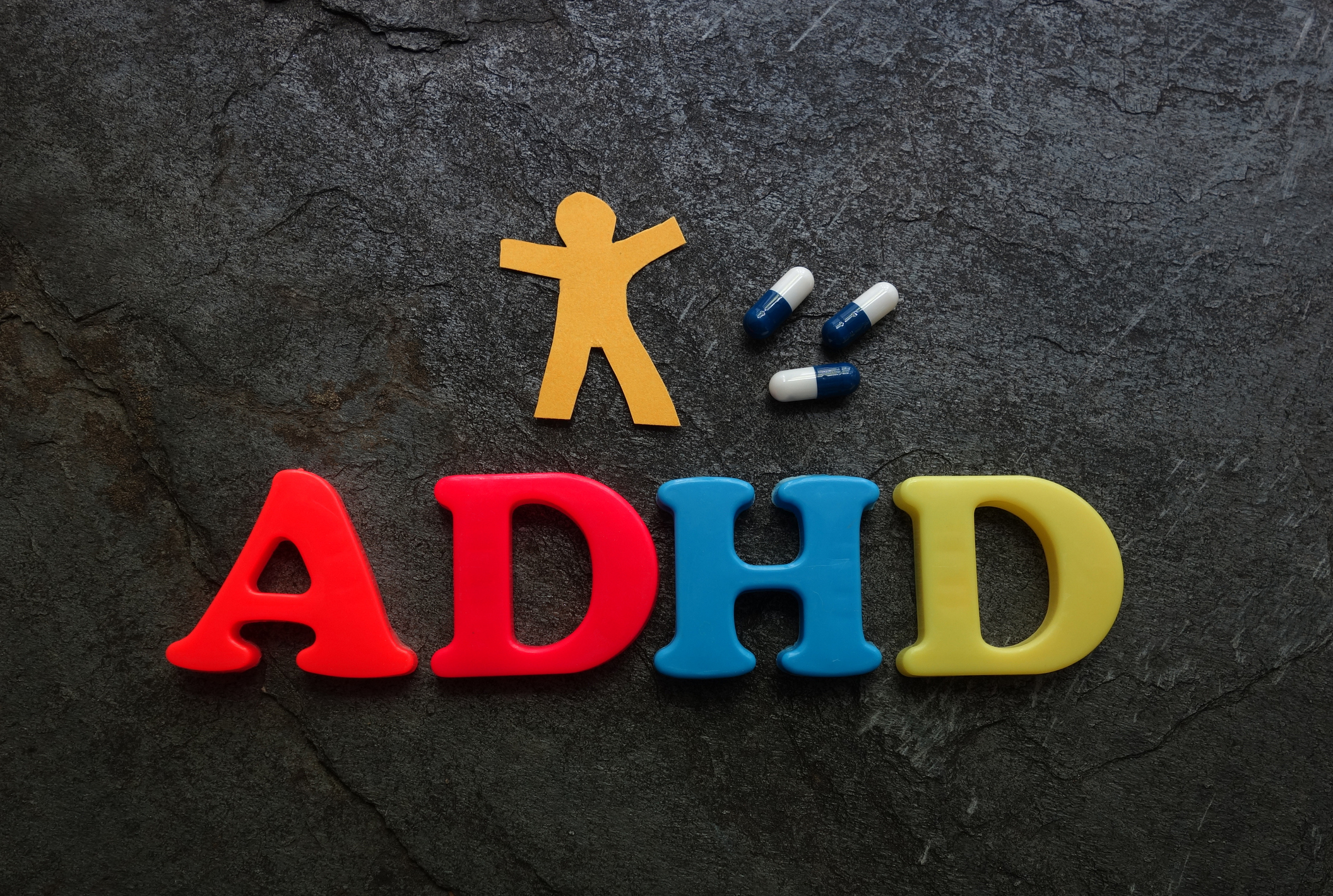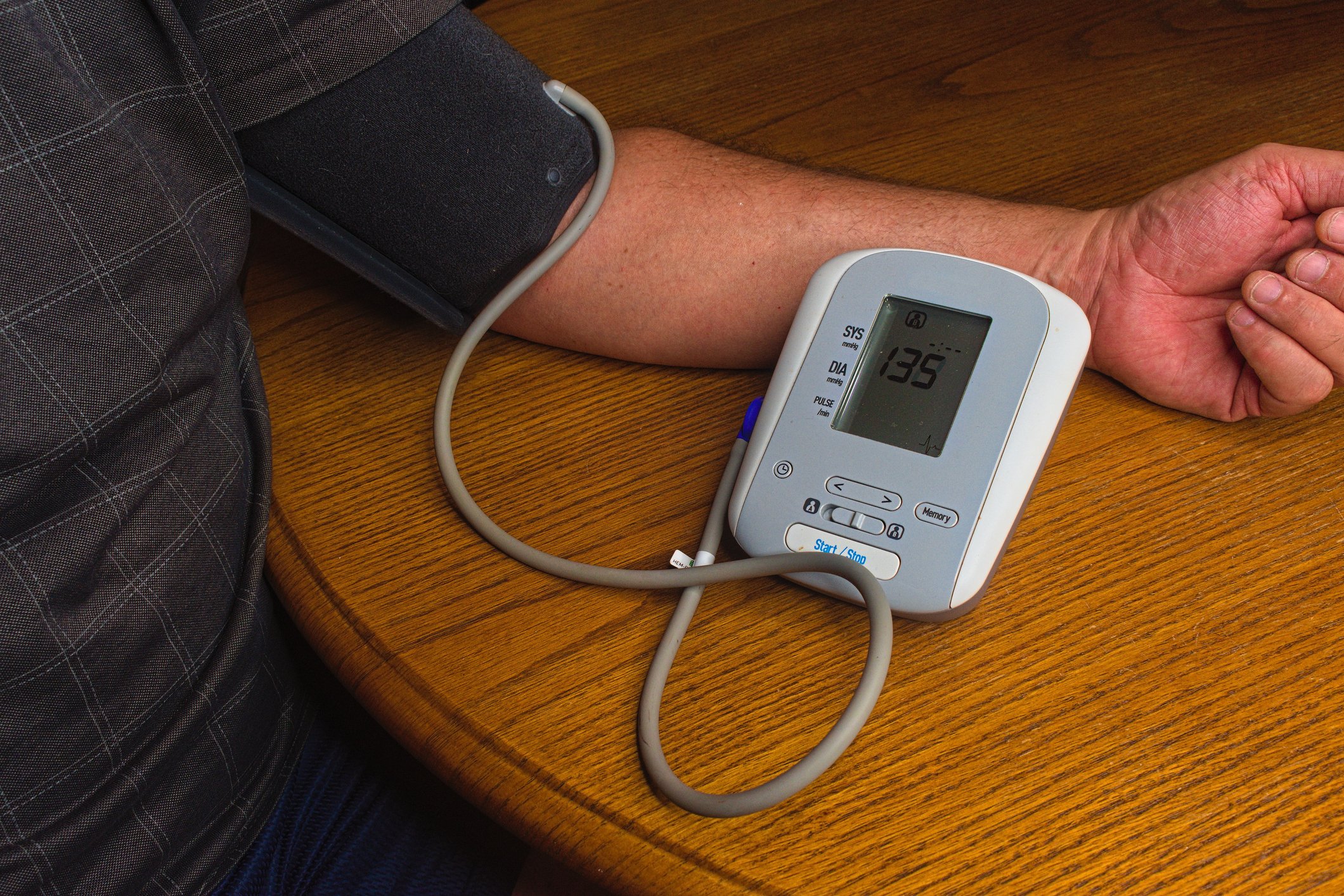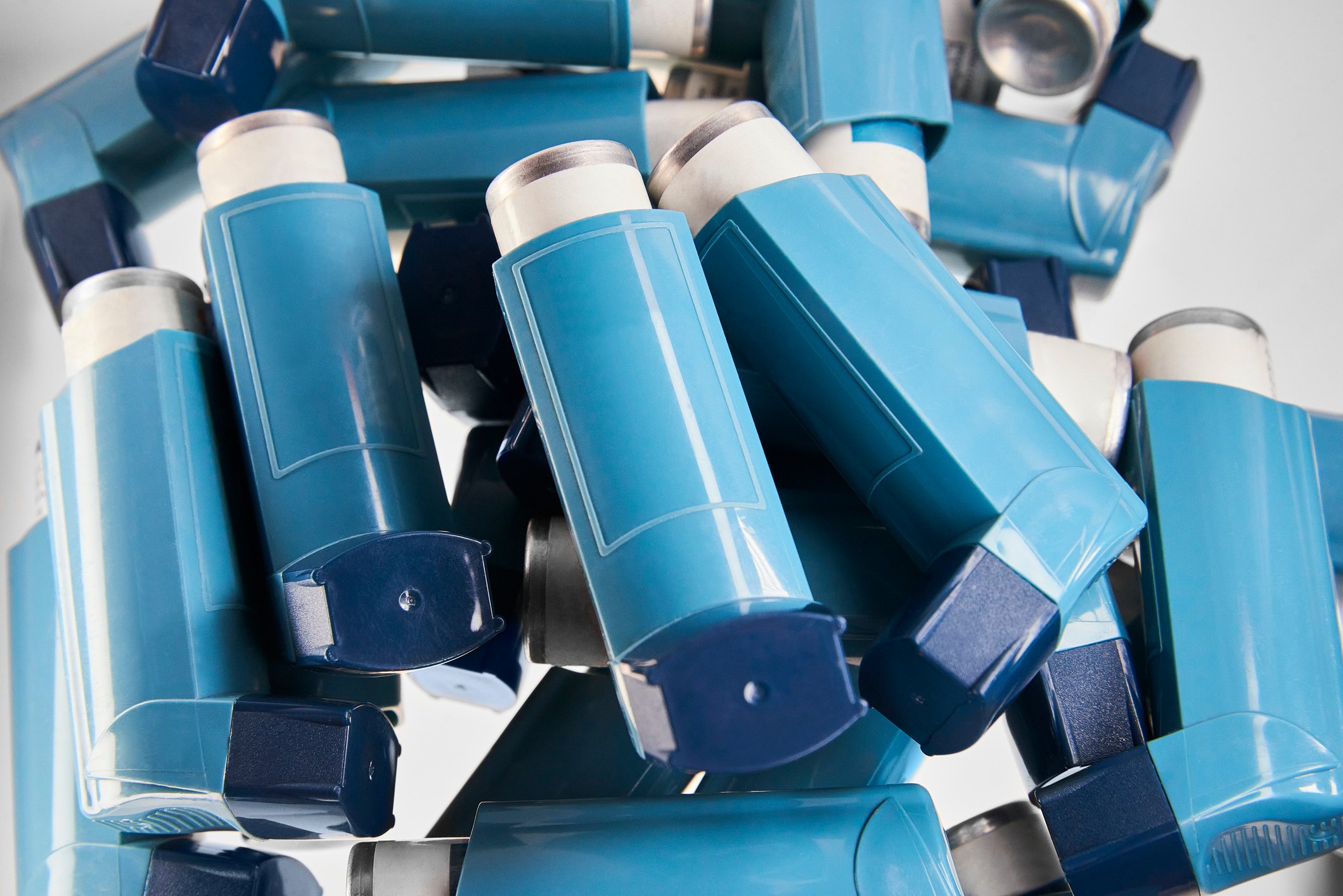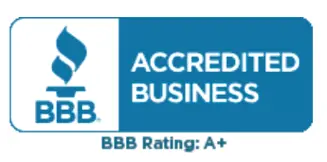What Is the Best Over-the-Counter Medicine for Shingles?
By Alyse Thompson
May 13, 2025
Prescription Drugs, Your Health & Wellness
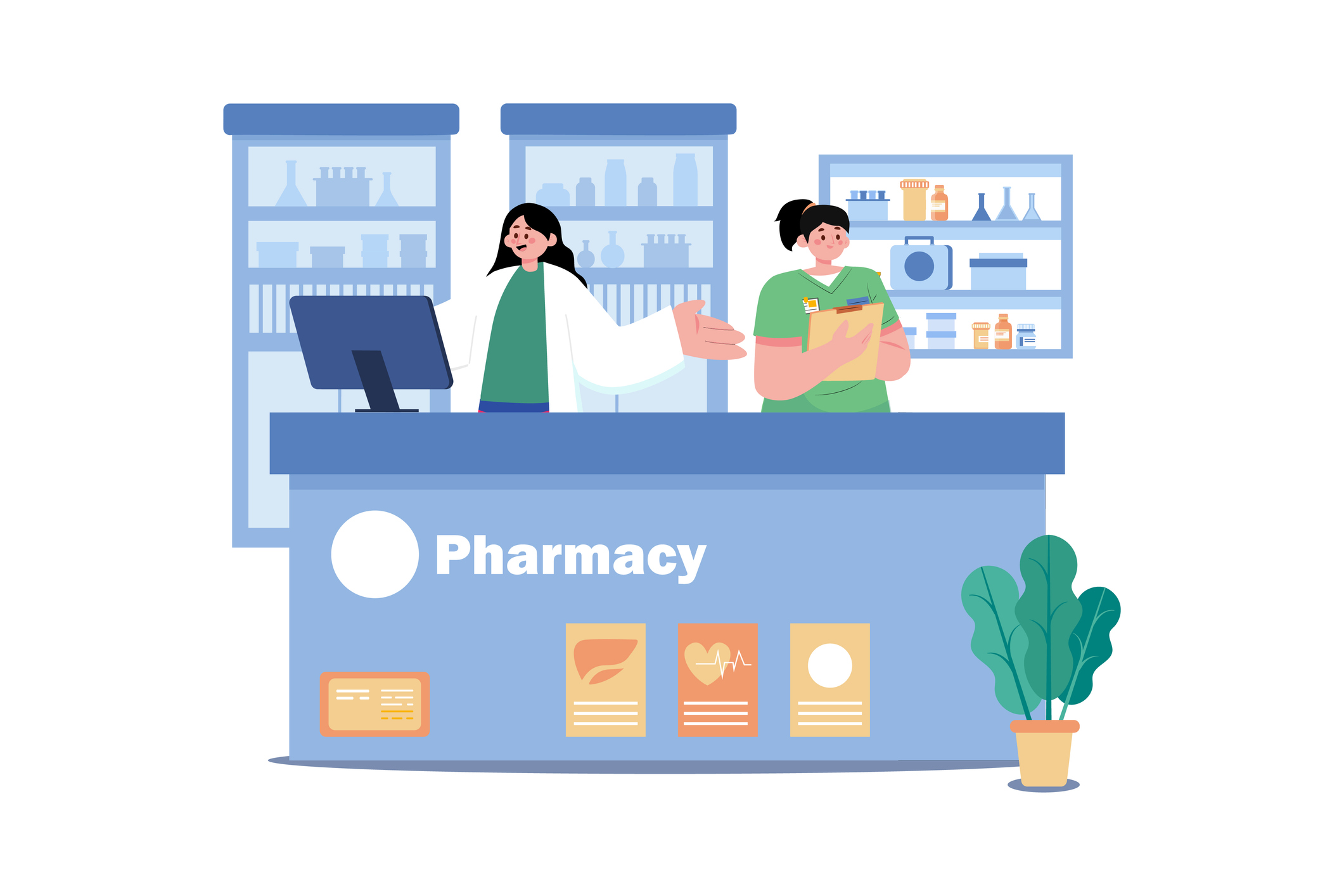
What is the best over-the-counter medicine for shingles?
Shingles is a painful rash caused by the reactivation of the varicella-zoster virus (the same virus that causes chickenpox). Approximately one-third of the U.S. population is expected to experience shingles, also known as herpes zoster, at some point in their lives, according to data from the Centers for Disease Control and Prevention (CDC). Shingles can be a complex condition to manage. Many people get relief through over-the-counter (OTC) medicine for shingles. While prescription antiviral medications are the most effective treatment for shingles, several OTC options can help manage symptoms like pain and itching.
What is the best over-the-counter medicine for shingles?
Many medications can help manage the symptoms. Here are some common over-the-counter shingles medications:
| Medicine | Drug Class | Common Dosage (Adults) | WellRx Savings Card |
| Acetaminophen | Pain reliever | 325 to 1,000 mg orally every 4 to 6 hours as needed | Link Out |
| Ibuprofen | Pain reliever | 200 to 400 mg orally every 4 to 6 hours as needed | Link Out |
| Lidocaine Cream | Topical anesthetics | Apply a thin layer to the affected area no more than 3-4 times daily | Link Out |
| Diphenhydramine (Benadryl) | Anti-itch medications | 25-50 mg every 4-6 hours as needed | Link Out |
| Calamine Lotion | Anti-itch medications | Apply topically as often as required | Link Out |
| Capsaicin cream | Pain reliever | Apply a pea-sized amount to the affected area 3 to 4 times daily | Link Out |
| Naproxen | Pain reliever | 250 to 500 mg twice daily | Link Out |
Shingles OTC treatments can provide relief, but prescription antiviral medications like acyclovir, valacyclovir, or famciclovir are recommended for a more complete treatment. These drugs reduce the severity and duration of a shingles outbreak, especially when started within the first 72 hours of the rash appearing. Early treatment helps decrease symptoms and lowers the risk of complications. One is postherpetic neuralgia, a long-lasting nerve pain that can occur after the rash has healed.
When should you start an OTC shingles treatment?
Over-the-counter shingles medicines can treat mild to moderate symptoms like pain, itching, or a rash. Prescription antivirals can reduce the severity and duration of shingles. Also, OTC options can help you manage symptoms while you await your doctor's diagnosis and treatment plan.
Types of shingles treatment OTC
Several OTC options can help ease the discomfort associated with shingles: Pain relief:
- Oral pain relievers: Acetaminophen and NSAIDs (non-steroidal anti-inflammatory drugs) like ibuprofen and naproxen can reduce pain and fever. These medications can be used together for better pain relief when taken as directed.
- Topical anesthetics: Lidocaine patches or creams numb the affected area, temporarily relieving localized pain.
Itch relief:
- Antihistamines: Antihistamines such as diphenhydramine (Benadryl) can alleviate itching caused by the shingles rash and improve sleep when symptoms are bothersome. They are available in both oral and topical forms.
- Calamine lotion: This topical OTC shingle treatment relieves itching and protects the skin.
Nerve pain relief:
- Capsaicin cream: Capsaicin cream can help relieve nerve pain. It is generally used on healed lesions for post-herpetic neuralgia, not on the acute rash.
What is the best cream for shingles over-the-counter?
Several effective options are available when considering the best OTC cream for shingles. Look for creams that contain lidocaine for pain relief or calamine lotion to alleviate itching. While these creams can enhance comfort, they do not address the underlying viral infection. Here are the recommended OTC shingles creams:
- Lidocaine cream: Often regarded as one of the most effective ingredients for shingles pain relief, lidocaine-based products are beneficial. Look for over-the-counter shingles creams with 4% or 5% concentrations for optimal effectiveness. These topical anesthetics can quickly relieve burning and stinging sensations, especially when used alongside oral pain medications.
- Calamine lotion: Due to its zinc oxide content, calamine lotion can create a cooling sensation that soothes itching and reduces inflammation.
- Aquaphor: Aquaphor is a brand of petroleum jelly ointment often recommended for soothing and protecting irritated skin and helping manage some of the discomfort associated with shingles.
What is the best over-the-counter pain relief medicine for shingles?
Healthcare providers often recommend acetaminophen (Tylenol) and ibuprofen (Advil) for over-the-counter shingles pain relief. These medications can effectively manage mild to moderate pain. For more severe pain, your doctor may prescribe more potent pain relievers.
How long do the most common over-the-counter shingles treatments take to work?
The time it takes for over-the-counter shingles treatments to work varies depending on the specific product and the severity of your symptoms. Pain relievers may provide relief within an hour, while topical creams may take longer to have an effect.
Natural remedies for shingles
Some people find relief from shingles symptoms through natural remedies. While these remedies may offer comfort, remember that they don't treat the virus.
Cold compresses
Applying cold compresses to the affected area can help reduce pain and inflammation. Use a cool, clean cloth directly on the skin for about 20 minutes, with at least an hour break between applications. Avoid using ice-cold water, as extreme temperatures can increase skin sensitivity.
Oatmeal baths
Oatmeal baths can soothe irritated skin and relieve itching. Add 1 to 2 cups of colloidal oatmeal to lukewarm bath water and soak for 15 to 20 minutes. Oatmeal has anti-inflammatory properties that can help relieve itching and swelling.
Calamine lotion
Calamine lotion can help dry out the blisters and reduce itching.
Chamomile bath
Chamomile can be used for skin irritation or inflammation to improve symptoms like pain and itching. Place 5 tablespoons of chamomile flowers in 1 liter of boiling water and let them infuse for 10 minutes. Then, strain and use the warm water to wash any areas of the skin affected by shingles
Aloe vera gel
Applying aloe vera gel to the affected area can help alleviate itching and promote healing due to its soothing and hydrating properties.
How to prevent shingles
The most effective way to prevent shingles is to get vaccinated with the Shingrix vaccine. This vaccine is recommended for adults 50 and older and those 19 and older with weakened immune systems.
Shingles vaccine
The Shingrix vaccine is highly effective in reducing the risk of developing shingles and is recommended for adults 50 and older.
Healthy lifestyle
Maintaining a healthy lifestyle, including a balanced diet, regular exercise, and stress management, can boost one's immune system and potentially reduce one's risk of shingles.
Avoid contact with active shingles
If you've never had chickenpox, avoid contact with people who have active shingles to reduce your risk of contracting the varicella-zoster virus.
The bottom line
A combination of treatments may be needed to manage shingles effectively. Over-the-counter medications like acetaminophen and lidocaine cream can help with symptoms, but they work best as part of a bigger plan. While OTC treatments can offer relief, they don't treat the underlying viral infection. Working with a healthcare professional can help reduce symptoms and prevent complications.
Get your free ScriptSave® WellRx account and start saving on your medications
With WellRx, you can save up to 80% savings* on your prescription medications, including those used to treat shingles. Our program offers significant discounts, helping you keep more money in your pocket. Visit WellRx.com to learn more, and sign up for your free WellRx account today. *DISCOUNT ONLY – NOT INSURANCE. The program is administered by Medical Security Card Company, LLC.
Frequently asked questions
How long do shingles last?
Shingles usually last 2 to 6 weeks. The rash usually appears first, followed by pain, itching, and burning. The blisters eventually scab over and heal. However, some people may experience postherpetic neuralgia, a lingering nerve pain that can last months or even years.
Can shingles go away without treatment?
Shingles are self-limiting conditions that can go away without treatment. The symptoms typically resolve independently within two to four weeks, even without medical intervention. However, not treating shingles can lead to complications such as postherpetic neuralgia, a persistent nerve pain that can last for months or even years after the rash has healed.
How do I get rid of shingles fast?
Getting medical attention promptly is the fastest way to manage shingles. Prescription antiviral medications are the most effective treatment and can shorten the duration and severity of the outbreak. Over-the-counter remedies can help manage symptoms but do not treat the underlying viral infection.
Does prednisone help treat shingles?
Prednisone, a corticosteroid, may reduce inflammation and pain in some cases of shingles. However, it's not a first-line treatment and is typically used in conjunction with antiviral medications. Consult with your doctor to determine if prednisone is appropriate for your situation.
Does Benadryl help with shingles?
Benadryl (diphenhydramine) is an antihistamine that can reduce histamine production and lessen the itching associated with the shingles rash. While it can provide some comfort, it doesn't treat the shingles virus itself.
What is good topical pain relief for shingles?
Topical anesthetics, such as lidocaine cream, can provide localized pain relief for shingles. These creams numb the affected area and help manage pain in specific locations. Capsaicin cream, derived from chili peppers, may also be used for pain relief, but it can initially cause a burning sensation.
Can you put lidocaine on shingles?
Yes, you can apply lidocaine cream to shingles blisters to relieve pain. This topical anesthetic numbs the area and can help reduce discomfort. However, avoid applying lidocaine to open or broken blisters.
What is the Shingrix vaccine?
The Shingrix vaccine is a highly effective preventive measure against shingles. It's recommended for adults 50 and older, even if they've had chickenpox or shingles before. The vaccine significantly reduces the risk of developing shingles and postherpetic neuralgia.
Is calamine lotion good for shingles?
Calamine lotion can help relieve itching caused by shingles. It can also help dry out the blisters. However, calamine lotion doesn't treat the shingles virus itself.
Can you put Aquaphor on shingles?
Aquaphor can help protect and soothe the skin affected by shingles and prevent friction and irritation from clothing. However, it should not be applied to open or broken blisters.
What is the best pain relief for shingles nerve pain?
Postherpetic neuralgia is nerve pain that can linger after a shingles outbreak. Doctors often prescribe medications like tricyclic antidepressants (e.g., amitriptyline) or anticonvulsants (e.g., gabapentin and pregabalin), which target nerve pain specifically. OTC pain relievers may not be effective for this type of pain, but prescription pain relievers may be helpful.
What is the best lotion for shingles?
There isn't one "best" lotion for shingles. To avoid further irritation, look for lotions that are fragrance-free and hypoallergenic.
Can you take a bath with shingles?
You can take a bath with shingles. In fact, cool baths can help relieve itching and pain. Adding colloidal oatmeal to the bathwater can also soothe the skin. Avoid hot baths, as they can make symptoms worse.
What are the best over-the-counter eye drops for shingles?
If shingles affect your eye (herpes zoster ophthalmicus), contact an eye specialist immediately. OTC lubricating eye drops can help relieve dryness and discomfort. However, do not use eye drops containing steroids without a doctor's prescription, as they can worsen the infection.
References:
https://www.cdc.gov/shingles/signs-symptoms/index.html
https://www.aafp.org/pubs/afp/issues/2000/0415/p2437.html
https://www.healthline.com/health/shingles-skin-care#dont-scratch
Recommended Articles



